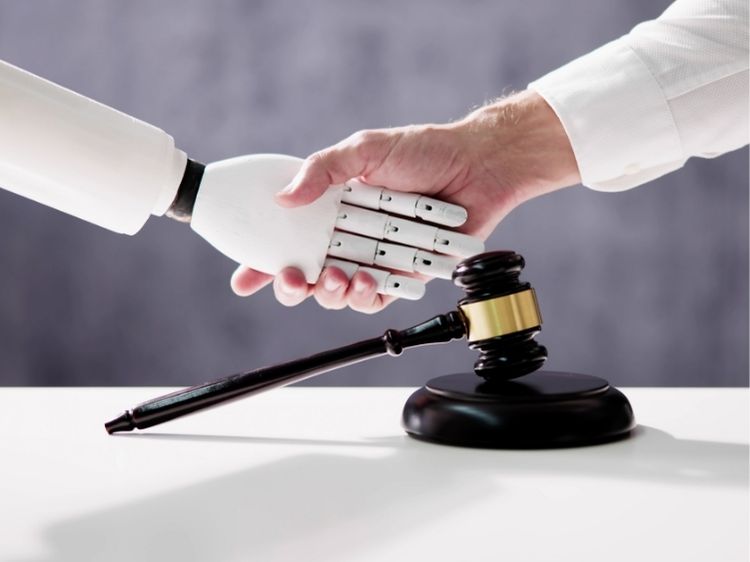Product liability cases are an essential aspect of consumer protection, safeguarding individuals from faulty or dangerous products. These cases typically involve a legal claim against manufacturers, distributors, or retailers when a product causes injury or harm due to defects. In this article, we’ll explore the different types of product liability claims, how they work, and what you need to know if you find yourself in the middle of such a case.
What Is Product Liability?
Product liability refers to a manufacturer’s, wholesaler’s, or retailer’s responsibility to ensure that the products they sell are safe for consumers. When something goes wrong and a product causes injury, they can be held accountable. There are three primary types of product liability claims:
- Manufacturing Defects: These arise when a product is incorrectly assembled or made with inferior materials, making it dangerous for its intended use.
- Design Defects: These occur when a product is inherently dangerous due to its design, even if it was manufactured correctly.
- Failure to Warn (Marketing Defects): This type involves insufficient instructions or warnings, leading to misuse of the product.
Types of Product Liability Cases
Let’s break down the three main categories in more detail.
- Manufacturing Defects
Manufacturing defects are the most common type of product liability case. These occur when an error in the production process causes the product to become dangerous. For example, a car with improperly installed brakes could lead to severe accidents. In this case, the manufacturer may be held responsible for any injuries caused by the defect. Imagine purchasing a household appliance like a blender that malfunctions and shatters. Scary, right? That’s where product liability cases step in. - Design Defects
A design defect is present even before the product is manufactured, implying that the product is unsafe as it is originally intended. A famous example is the Ford Pinto case, where the vehicle’s design made it prone to explode upon rear-end collisions. These defects are typically widespread, affecting every unit of the product. When filing a claim, you must prove that an alternative design could have prevented the injury without drastically altering the product’s functionality. - Failure to Warn (Marketing Defects)
Sometimes, products are dangerous not because of their design or manufacturing but due to inadequate warnings or instructions. This type of product liability case is often seen in pharmaceuticals. Ever seen those long lists of side effects at the end of a medicine ad? That’s the company covering their bases. If a product doesn’t include proper warnings, and someone gets hurt, it could result in a legal case. Failure to warn could involve anything from a lack of labels indicating a product’s flammability to missing instructions for safe use.
How Do Product Liability Claims Work?
Now that we’ve covered the types of product liability cases, it’s time to explore how these claims typically work. If you’re filing a product liability claim, here’s what you need to know:
- Proving a Defect: You’ll need to prove that the product was defective and that the defect caused your injury. This may involve expert testimony, especially in complex cases like medical devices or machinery.
- Negligence Isn’t Always Required: In many product liability cases, strict liability applies. This means that the plaintiff (the injured party) does not have to prove that the manufacturer was negligent—only that the product was defective.
- Compensation: Compensation in product liability cases may include medical bills, lost wages, pain and suffering, and, in some cases, punitive damages. These damages are awarded when the defendant’s conduct was particularly reckless.
- Class Action Lawsuits: In cases where a defective product affects a large number of people, a class action lawsuit may be filed. This allows multiple plaintiffs to pool their resources and pursue a claim collectively.
Famous Product Liability Cases
Let’s take a quick look at some landmark product liability cases that have shaped the way we view consumer protection:
- The McDonald’s Coffee Case (1994): This case involved a woman who was severely burned by McDonald’s hot coffee. Although it became the butt of many jokes, the case raised awareness about the responsibilities companies have in providing adequate warnings about the risks associated with their products.
- Johnson & Johnson Talcum Powder Case: Several lawsuits have been filed against Johnson & Johnson, alleging that their talcum powder caused ovarian cancer. This ongoing case has highlighted the importance of transparency and adequate warnings in product labeling.
- General Motors Ignition Switch Recall (2014): GM faced liability claims when faulty ignition switches in their cars led to sudden stalling, resulting in accidents and fatalities. The recall affected millions of vehicles.
FAQs About Product Liability Cases
What should I do if I’m injured by a defective product?
First, seek medical attention immediately. Document the injury and keep the product in question. Next, consult with a lawyer who specializes in product liability cases.
How long do I have to file a product liability case?
The statute of limitations varies by state, but generally, you have between two to four years from the date of injury to file a claim. It’s best to consult with an attorney as soon as possible.
Can I file a product liability claim if I used the product incorrectly?
If the product didn’t include proper warnings or instructions, you might still have a case. However, if your misuse of the product was unreasonable or dangerous, the manufacturer may not be held liable.
Who can be held responsible in a product liability case?
The manufacturer, distributor, retailer, and even parts suppliers can be held responsible, depending on the nature of the defect.
Conclusion
Product liability cases play a crucial role in holding companies accountable and ensuring consumer safety. From faulty designs to inadequate warnings, these cases highlight the importance of creating safe, reliable products. Whether you’re facing a minor injury or dealing with a major health issue, understanding your rights in product liability cases can help you get the justice and compensation you deserve.
If you ever find yourself injured due to a defective product, don’t hesitate to seek legal counsel and explore your options. After all, it’s your safety on the line!
Authoritative Links
www.cpsc.gov
www.fda.gov/safety/recalls
www.nhtsa.gov





